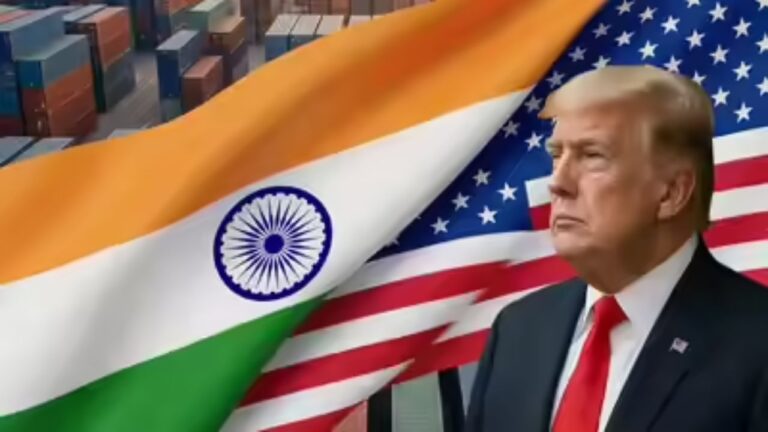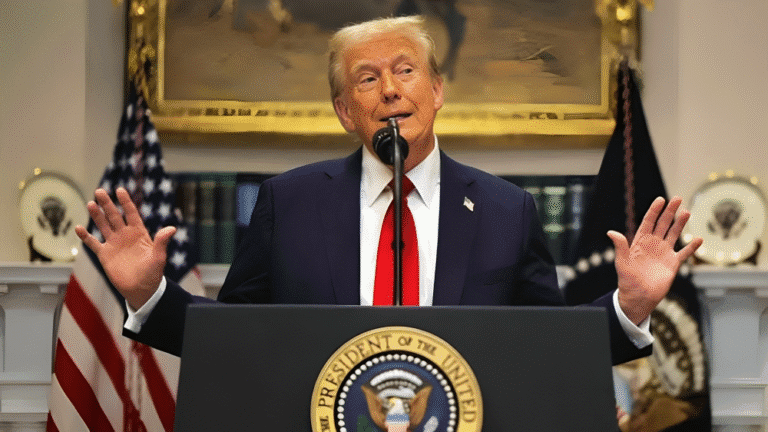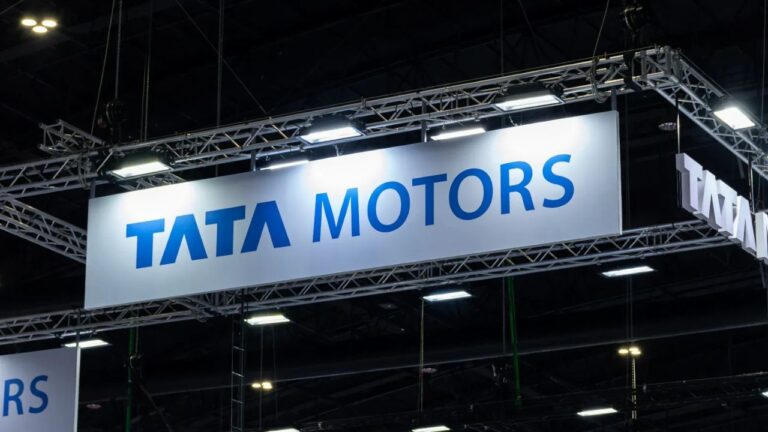In a strategic trade move, former US President Donald Trump has announced a fresh round of reciprocal tariffs, but the semiconductor industry has been notably exempted. This decision highlights the crucial role semiconductors play in global supply chains, according to the India Electronics and Semiconductor Association (IESA).
A White House fact sheet detailing the tariff adjustments confirmed that certain goods, including copper, pharmaceuticals, semiconductors, and lumber products, have been left out of the latest round of levies. However, it also hinted that these categories could be subject to future tariff measures.
Industry analysts view Trump’s protectionist stance as an opportunity for India to strengthen its position in the global semiconductor supply chain. According to Ajay Srivastava, founder of the Global Trade Research Initiative (GTRI), India has the potential to expand its presence in chip packaging, testing, and low-end manufacturing, even though technologically advanced nations such as Taiwan continue to dominate the sector.
As the US raises tariffs on imports from countries like Vietnam, industry experts predict a shift in supply chains, potentially boosting India’s exports in electronics and electrical goods. However, the broader tariff strategy poses significant risks to India’s trade with the US, one of its largest partners. Experts warn that India must act swiftly to maintain its competitive edge by leveraging trade diplomacy, implementing domestic policy adjustments, and strengthening industrial resilience.
For now, the semiconductor industry can breathe a sigh of relief as it remains exempt from the latest US tariff measures. Given the critical role of chips in powering essential technologies—from smartphones and healthcare devices to communication networks—the industry’s exclusion signals its significance in global economic and technological stability.
Trump’s latest trade policy, unveiled early Thursday (IST), marks a significant shift in the US economic landscape. Labeling it ‘Liberation Day,’ he framed the move as the beginning of a ‘golden age’ for American manufacturing and job creation. However, the policy also imposes a steep 27% tariff on Indian goods entering the US, which could have long-term repercussions for bilateral trade relations.






